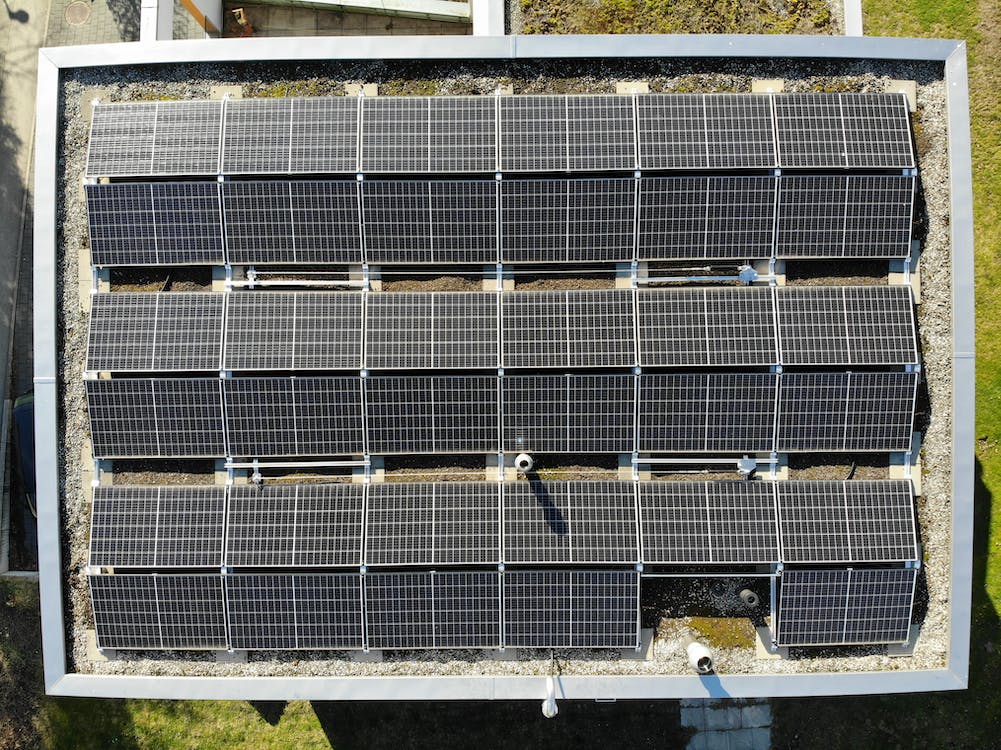The Hidden Costs of ‘Free’ Solar Panels: An In-Depth Look
You’ve likely come across advertisements or promotions from solar companies claiming to offer “free” solar panels, and you might be wondering if this deal is too good to be true. These offers, while not necessarily fraudulent, can indeed be misleading, and it’s essential to understand what they entail.
When a company advertises “free” solar panels, what they typically mean is that they will not charge any money upfront for the installation of solar panels on your home. However, this doesn’t mean that solar panels are entirely without cost. Instead, you must agree to a solar lease, where you pay a monthly fee for using the company’s solar panels over a set term, often ranging from 15 to 25 years. During this period, the solar company retains ownership of the panels and is usually responsible for maintenance and repairs.
Here’s what you need to know about this “free” offer and some alternative ways to make solar energy more affordable:
Leasing vs. Buying
With the leasing option, you’ll get the benefits of solar energy without the large initial investment, but you won’t own the panels. This means that at the end of the lease term, you may have to negotiate a new agreement or have the panels removed. If you decide to sell your home, the lease agreement could complicate the sale.
Buying the panels outright or financing them with a loan allows you to own the system. While the initial costs may be higher, ownership provides long-term benefits such as increased property value and potential profit from selling excess energy back to the grid.
Incentives and Financing Options
If the idea of “free” solar panels attracted you because of the potential savings, there are other ways to lower the upfront cost of a solar panel installation that could yield even greater savings in the long run:
- Clean Energy Incentive Programs: Many states offer rebates, tax credits, or other incentives to encourage homeowners to invest in renewable energy. These incentives can significantly reduce the overall cost of a solar system.
- Low-Interest Loans: Some financial institutions and government agencies provide low-interest loans specifically for clean energy projects. This financing method allows you to spread the cost over time while still benefiting from ownership.
- Power Purchase Agreements (PPAs): Similar to a lease, a PPA involves a third party owning and maintaining the solar system on your property. You agree to purchase the power generated at a fixed rate, often lower than the utility’s rate.
While the allure of “free” solar panels might be strong, understanding the details behind these offers is crucial. Weighing the pros and cons of leasing vs. buying, exploring available incentives, and considering various financing options can help you make an informed decision that aligns with your financial goals and energy needs. Investing in solar energy is an empowering step towards a sustainable future, but it requires careful consideration to ensure it’s the right fit for your situation.






